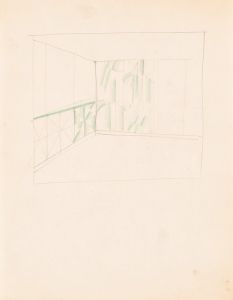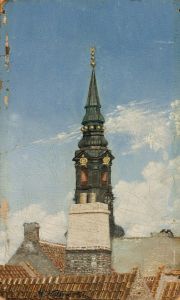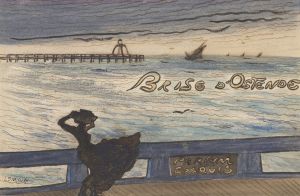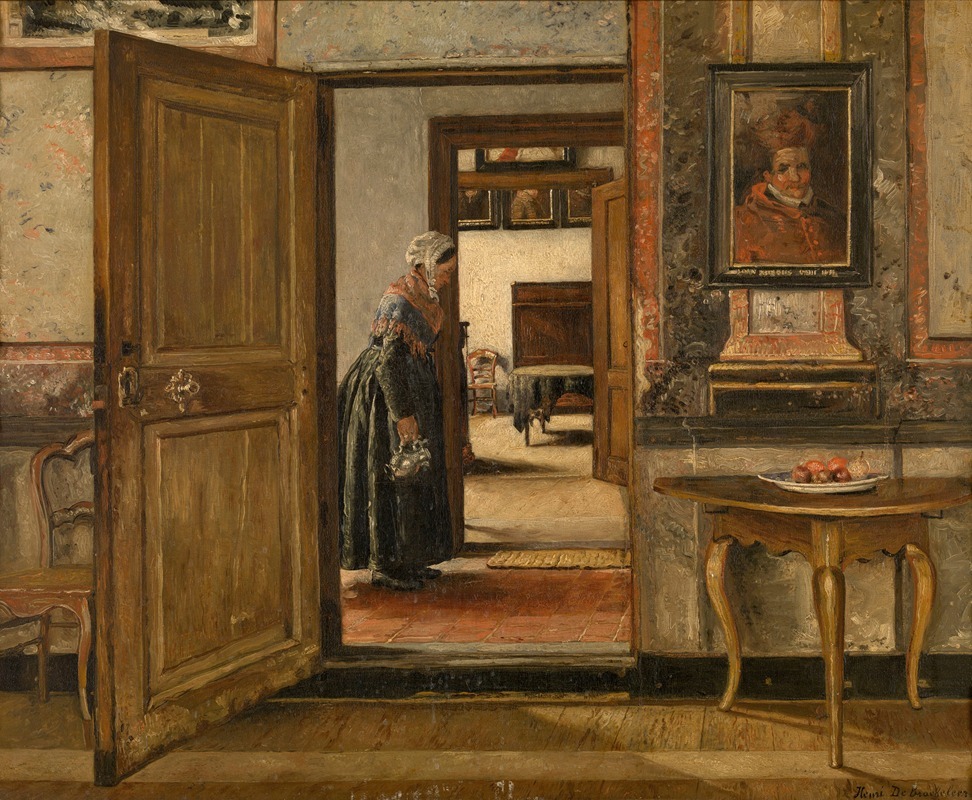
Interior of the Terninck Institution in Antwerp
A hand-painted replica of Henri de Braekeleer’s masterpiece Interior of the Terninck Institution in Antwerp, meticulously crafted by professional artists to capture the true essence of the original. Each piece is created with museum-quality canvas and rare mineral pigments, carefully painted by experienced artists with delicate brushstrokes and rich, layered colors to perfectly recreate the texture of the original artwork. Unlike machine-printed reproductions, this hand-painted version brings the painting to life, infused with the artist’s emotions and skill in every stroke. Whether for personal collection or home decoration, it instantly elevates the artistic atmosphere of any space.
Henri de Braekeleer, a notable Belgian painter, is renowned for his detailed and atmospheric interior scenes that capture the essence of 19th-century life. One of his significant works is "Interior of the Terninck Institution in Antwerp," which exemplifies his meticulous attention to detail and his ability to convey the mood and character of his subjects through the depiction of interior spaces.
Henri de Braekeleer was born in Antwerp in 1840 into a family with a rich artistic heritage. He was the nephew of the prominent painter Ferdinand de Braekeleer the Elder, who played a significant role in his early artistic development. Henri studied at the Royal Academy of Fine Arts in Antwerp, where he honed his skills and developed a keen interest in genre painting, particularly scenes of everyday life and interiors.
"Interior of the Terninck Institution in Antwerp" is a testament to de Braekeleer's fascination with capturing the quiet, contemplative moments of daily existence. The painting depicts a room within the Terninck Institution, a charitable organization in Antwerp. De Braekeleer's work is characterized by its subdued color palette and the play of light and shadow, which he uses to create a sense of depth and atmosphere. His attention to detail is evident in the careful rendering of the room's furnishings and the textures of various surfaces, which contribute to the painting's realistic and immersive quality.
The composition of the painting is carefully structured, guiding the viewer's eye through the interior space. De Braekeleer often focused on the interplay between light and shadow, and in this work, he uses natural light streaming through a window to illuminate the room, highlighting specific elements and creating a serene and contemplative mood. This technique not only enhances the realism of the scene but also imbues it with a sense of tranquility and introspection.
De Braekeleer's work is often compared to that of the Dutch Golden Age painters, particularly Johannes Vermeer, due to his focus on domestic interiors and his ability to capture the subtleties of light and texture. However, de Braekeleer's paintings are distinct in their exploration of the psychological depth of his subjects and the environments they inhabit. In "Interior of the Terninck Institution in Antwerp," he invites the viewer to reflect on the lives of the individuals who occupy these spaces, offering a glimpse into their world and the quiet dignity of their existence.
Throughout his career, Henri de Braekeleer faced personal and professional challenges, including periods of mental illness that affected his ability to work. Despite these difficulties, he remained a dedicated artist, and his paintings continue to be celebrated for their technical skill and emotional resonance. "Interior of the Terninck Institution in Antwerp" is a prime example of his ability to transform ordinary scenes into profound visual narratives that capture the essence of human experience.
Today, Henri de Braekeleer's works are held in high regard and can be found in various museums and collections, particularly in Belgium. His paintings offer valuable insights into the social and cultural contexts of his time, and his legacy endures as an important figure in the history of Belgian art.






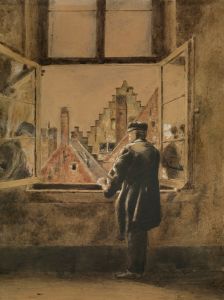
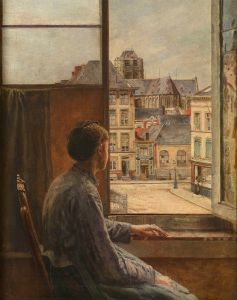
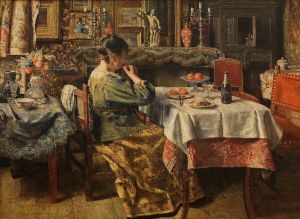
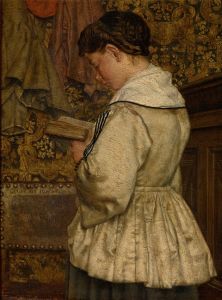
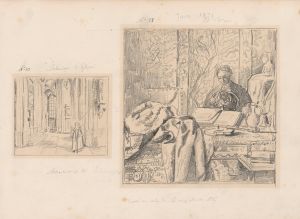
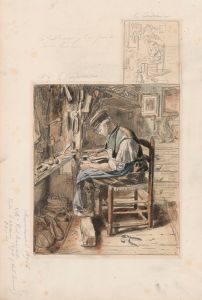

![Designs for Alamac Hotel Congo Room, 71st and Broadway, New York, NY.] [Six color studies of interior, furniture, and murals](/imgs/249310/s/winold-reiss-designs-for-alamac-hotel-congo-room-71st-and-broadway-new-york-ny-six-color-studies-of-interior-furniture-and-murals-3a813bdb.jpg)
![Interior design drawings for unidentified rooms.] [Sketch for unidentified room with starred walls](/imgs/249363/s/winold-reiss-interior-design-drawings-for-unidentified-rooms-sketch-for-unidentified-room-with-starred-walls-78931be1.jpg)
